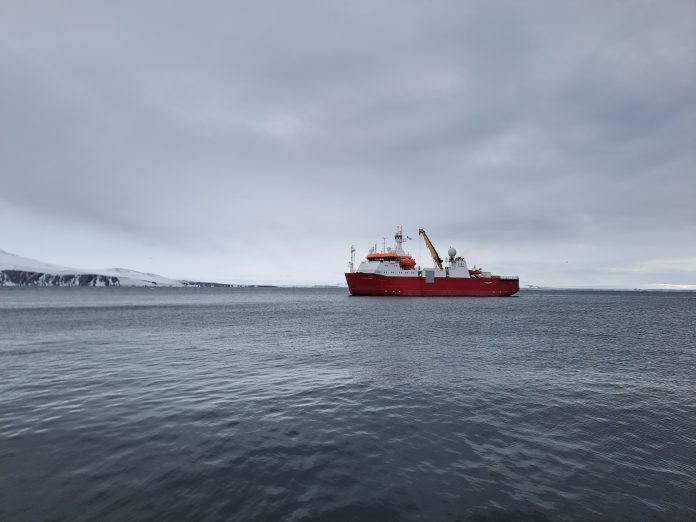by EH
The Italian research vessel Laura Bassi has wrapped up a two-month mission in Antarctica, contributing to crucial scientific endeavors focused on understanding the physical and biogeochemical dynamics of specific regions of the continent.
The conclusion of this expedition marks the end of the 39th scientific journey to Antarctica, funded by the Ministry of University and Research (MUR) under the National Antarctic Research Program (PNRA). Managed by the National Research Council (CNR), this program received logistical support from ENEA and technical and scientific coordination from the National Institute of Oceanography and Experimental Geophysics – OGS.
Owned by the OGS, the Laura Bassi vessel embarked on its Antarctic voyage from Naples on November 25th, stopping at Lyttelton in New Zealand to gather research personnel before proceeding to the Ross Sea. With a crew of 23 and 39 individuals engaged in research activities, this year’s mission also included collaboration with a team of 12 from the New Zealand Antarctic project, marking a significant international partnership.
Research efforts onboard focused on several projects, notably the “Tenore” project led by Giannetta Fusco from the University of Naples “Parthenope,” which studied the polynya zone in Terra Nova Bay. Additionally, the “Signature” project, coordinated by Pierpaolo Falco from the Polytechnic University of Marche, analyzed the physical, chemical, and biological aspects of major water masses in the Ross Sea. The “MORsea” project, overseen by Giorgio Budillon from the University of Naples “Parthenope” and Pasquale Castagno from the University of Messina, managed a network of marine observatories in the Ross Sea.
Franco Coren, director of the Naval Infrastructure Management Center of OGS, expressed satisfaction with the mission’s outcomes, highlighting the collaboration between crew, technical, and scientific personnel. As the vessel begins its journey back to Italy, it faces approximately 40 days of navigation, rounding Cape Horn and traversing the Atlantic Ocean.
Looking ahead, the Laura Bassi will undergo maintenance activities upon returning to Naples in mid-April, followed by scientific expeditions in the Mediterranean and preparations for future Antarctic missions. Notably, the route to Antarctica may include passage through the Cape of Good Hope due to challenges in the Red Sea.
The Laura Bassi, acquired by the OGS in 2019 with funding from the Ministry of University and Research – MUR, stands as Italy’s sole icebreaker for oceanographic research in polar regions. With its robust design and capabilities, it continues to support scientific endeavors both nationally and internationally, furthering our understanding of Earth’s polar environments.





























